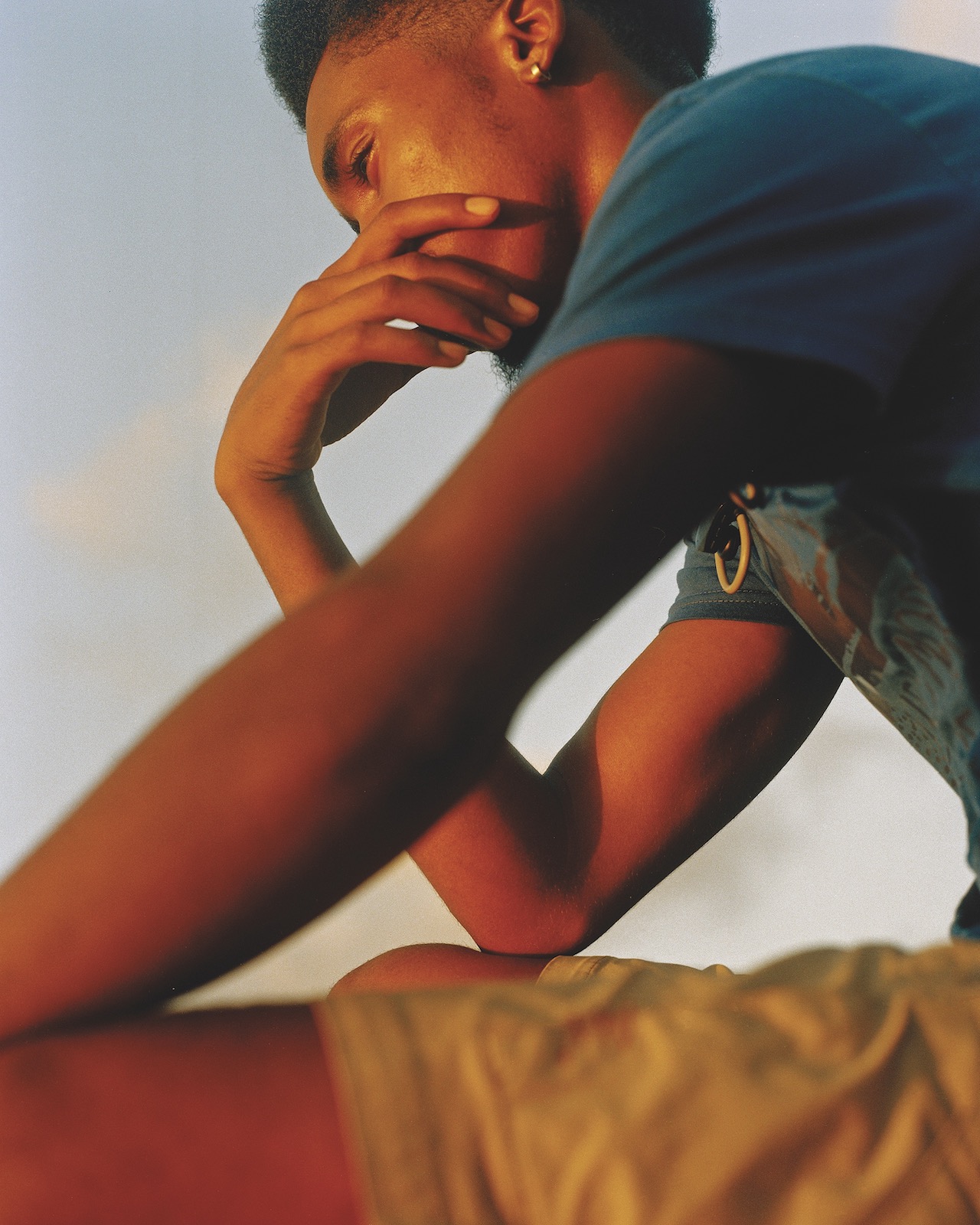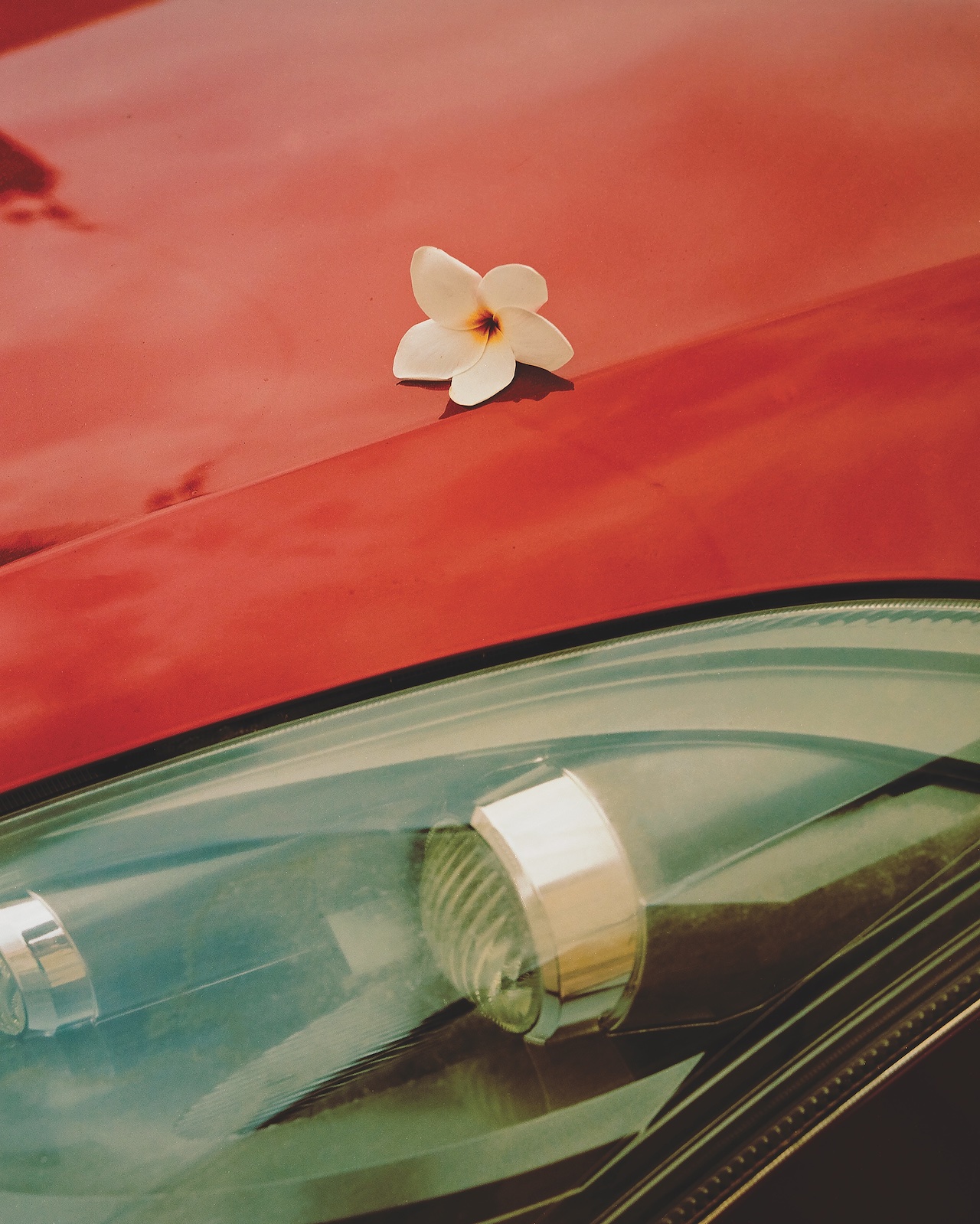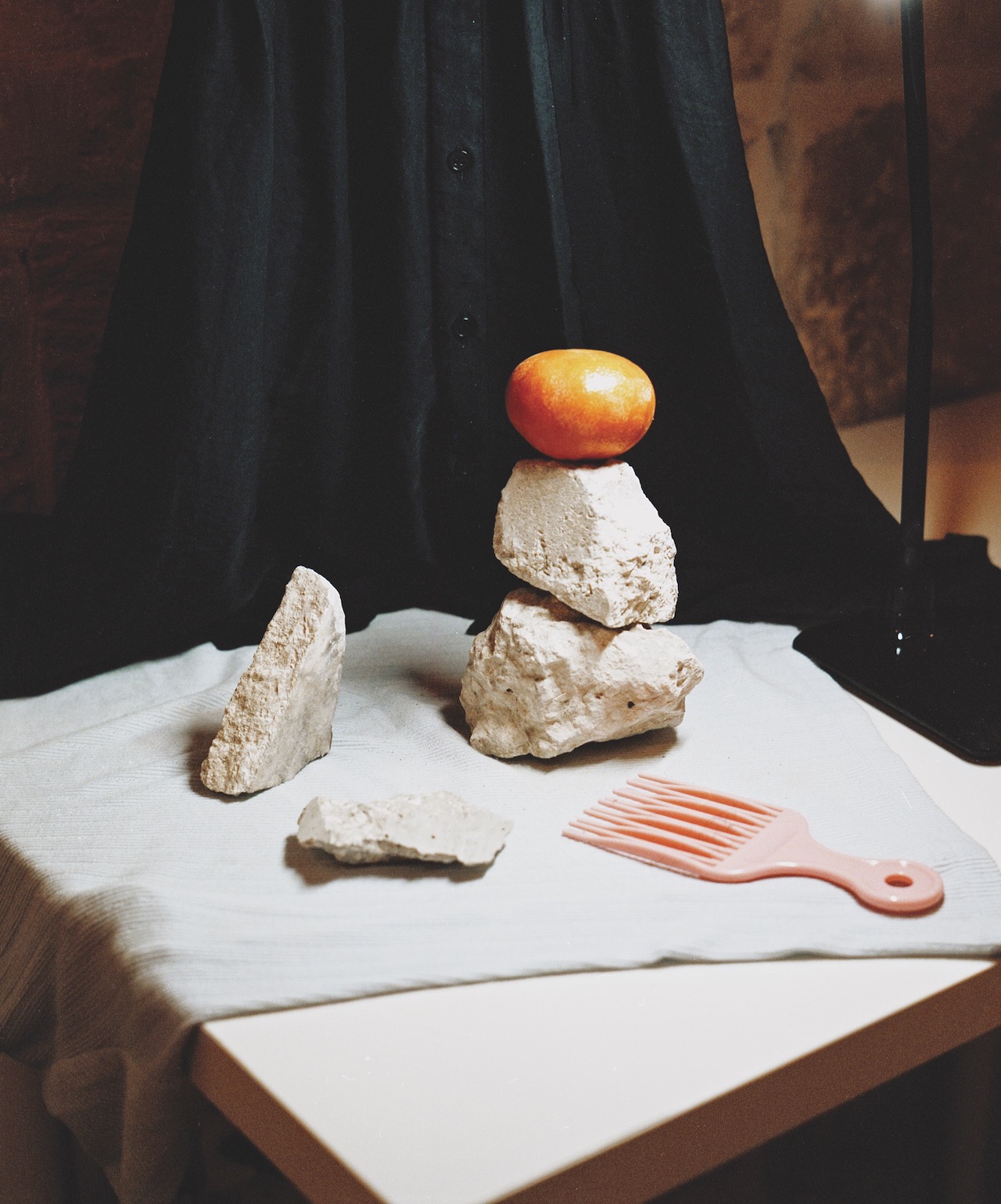Each year, British Journal of Photography presents its Ones To Watch – a selection of emerging image-makers, chosen from a list of nearly 450 nominations. Collectively, these 15 talents provide a window into where photography is heading, at least in the eyes of the curators, editors, agents, festival producers and photographers we invited to nominate. Throughout the next few weeks, we are sharing profiles of the 15 photographers, originally published in the latest issue of BJP, delivered direct through thebjpshop.com
The French-born photographer – who was selected for this year’s Ones to Watch – produces work that reflects on what it means to be an immigrant
“My dad grew up on this very small island, all natural, just eating from the garden. Then he hits age 20 and he’s living in a high-rise apartment block – this area that’s nothing but concrete.” Cédrine Scheidig is reflecting on what it means to be an immigrant: how this uprooting can mess with your understanding of the world and where you fit into it. Drawn by the promise of work, Scheidig’s father relocated from the Caribbean island of Guadeloupe to a suburb of Paris in the late 70s. Today, French-born Scheidig uses photography to explore notions of home, place, and the Afro-Caribbean diaspora.
Abundant in warm light and a near-hypnotising serenity, the 28-year-old’s portfolio sees delicate portraits of Black and brown subjects interlaced with still lifes and landscapes: an afro comb placed on a table; palm trees enveloped by a fading sky. Rather than chronicling reality in the typical documentary sense, the artist’s objective is to “get the feel of a place; of the people you can encounter there, and how this builds a universe”.
Abundant in warm light and a near-hypnotising serenity, the 28-year-old’s portfolio sees delicate portraits of Black and brown subjects interlaced with still lifes and landscapes: an afro comb placed on a table; palm trees enveloped by a fading sky. Rather than chronicling reality in the typical documentary sense, the artist’s objective is to “get the feel of a place; of the people you can encounter there, and how this builds a universe”.
Scheidig’s ongoing project, Insular, captures the formation of a growing African community in Malta as a result of modern migration on the central Mediterranean route. A Life In-Between explores the 200,000-strong West Indian population living in mainland France. Central to Scheidig’s work is an interrogation of dual heritage, and the experience of being caught between worlds. But also, crucially, a rebuttal of the white colonial gaze.
“I don’t want my pictures to document [Black] struggle because people know it’s there,” says Scheidig. Rather, through a soft and loving gaze, “what I am trying to do is normalise [the diaspora’s] presence… Root them through pictures.”
Scheidig graduated in 2021 with an MA from the French National School of Photography in Arles, where the development of her craft was inspired by the writings of Édouard Glissant, WEB Du Bois and other Black thinkers. Alongside several artist residencies in the past year, she won the 2021 Dior Prize for Photography and Visual Arts for Young Talents, and has worked on assignments for the likes of Nike and The New York Times. She will be exhibiting in various capacities in Paris, Malta and Switzerland throughout 2022 and 2023.
“Cédrine Scheidig embodies a discreet but strong new generation of young French photographers working within the realm of post-documentary,” says writer and curator Taous Dahmani, who nominated her for Ones to Watch. “She contains within herself the audacity to work with reality, and the intelligence necessary for this task. Her humanity informs her methodology and images.”
It is significant that most of Scheidig’s projects are ongoing. Her process is painstakingly slow: allowing ideas time to distil; returning to places and people over the course of several years. As for her message, this is more urgent. To subscribe to Glissant’s philosophy, if we are to achieve a world wherein Black diasporic people can truly live at peace, we must first be able to imagine it. The art of Cédrine Scheidig exists to help us do just that.
The post Cedrine Scheidig explores notions of home, place, and the Afro-Caribbean diaspora appeared first on 1854 Photography.




